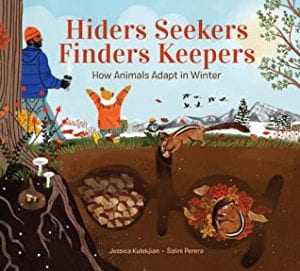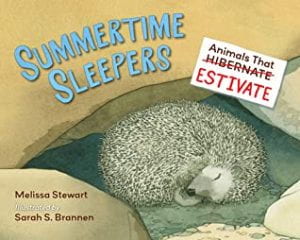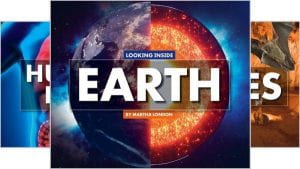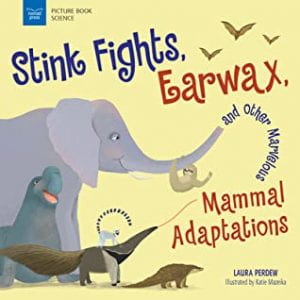 Kulekjian, Jessica. Hiders Seekers Finders Keepers: How Animals Adapt in Winter. Kids Can Press. 978-1-525-30485-9. 32 p. $19.99. Grades K-3.
Kulekjian, Jessica. Hiders Seekers Finders Keepers: How Animals Adapt in Winter. Kids Can Press. 978-1-525-30485-9. 32 p. $19.99. Grades K-3.
As the seasons change, it’s also necessary for animals to adapt. This sparse, but lyrical, text divides animals into three categories: hiders, seekers, and finders. The hiders search out cozy places and spend the winter huddled together. The seekers journey to milder locations where food is easier to locate. And, the finders keep warm in their thick coats and by relying on food they’ve stowed away. The digitally created illustrations burst with life and color and feature a father and daughter hiking through each season and noting the changes in scenery and animal life. Each page also features text bubbles that share additional detailed facts about the pictured animals and the ways they cope with the cold weather. Backmatter includes an animal tracking guide.
THOUGHTS: This title transports readers through the changing seasons and highlights the many unique ways animals adapt to cold weather conditions. The succinct text is perfect for young readers, and they’ll also pore over the illustrations, searching for each animal in its burrow, den, cave, log, and nest. This will be a good fit for units about hibernation, migration, and animal adaptations.
578.4 Animal Adaptation Anne Bozievich, Southern York County SD




